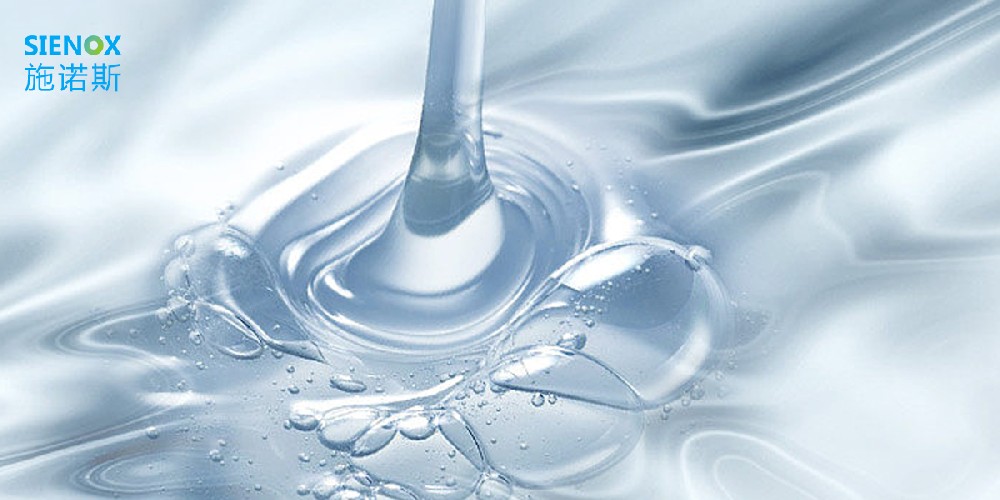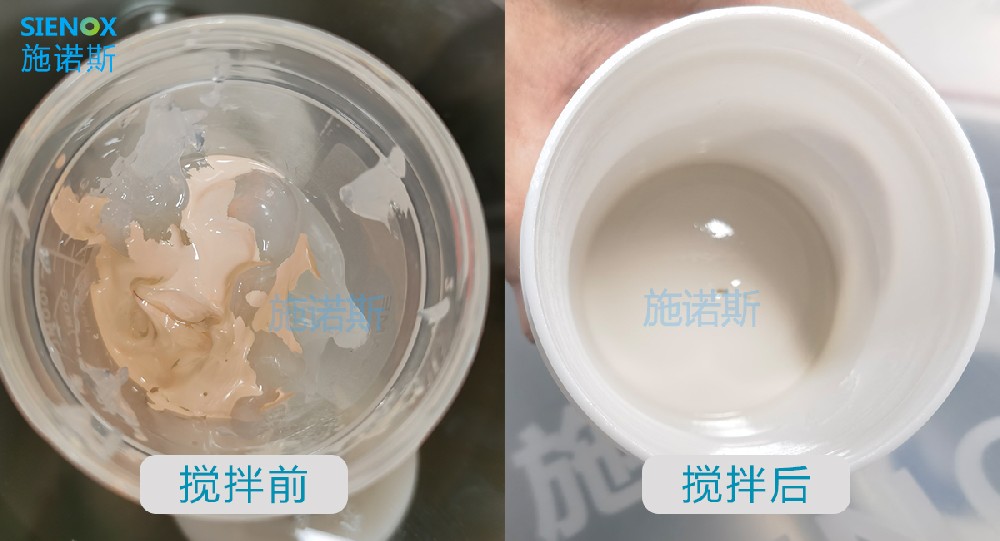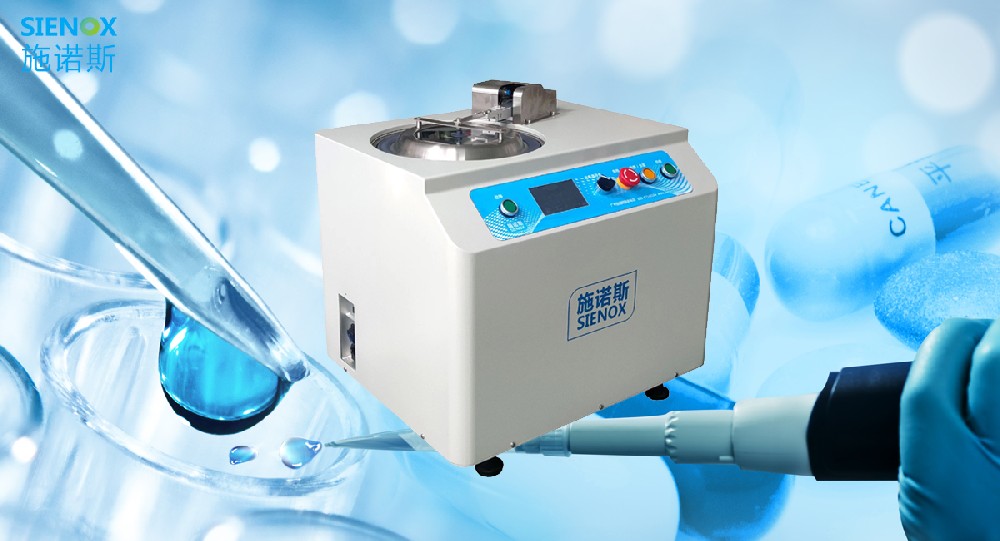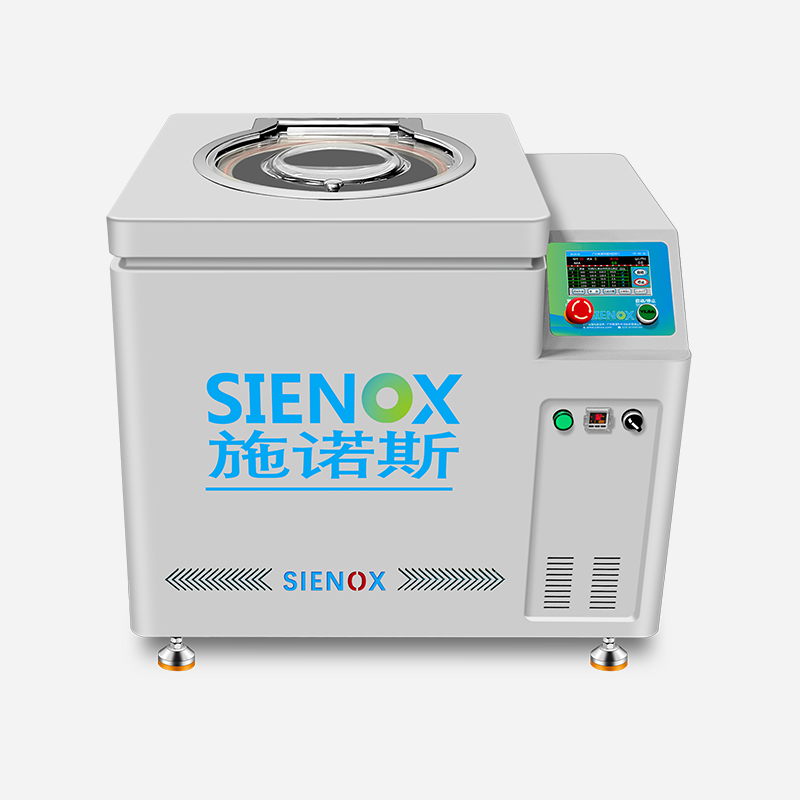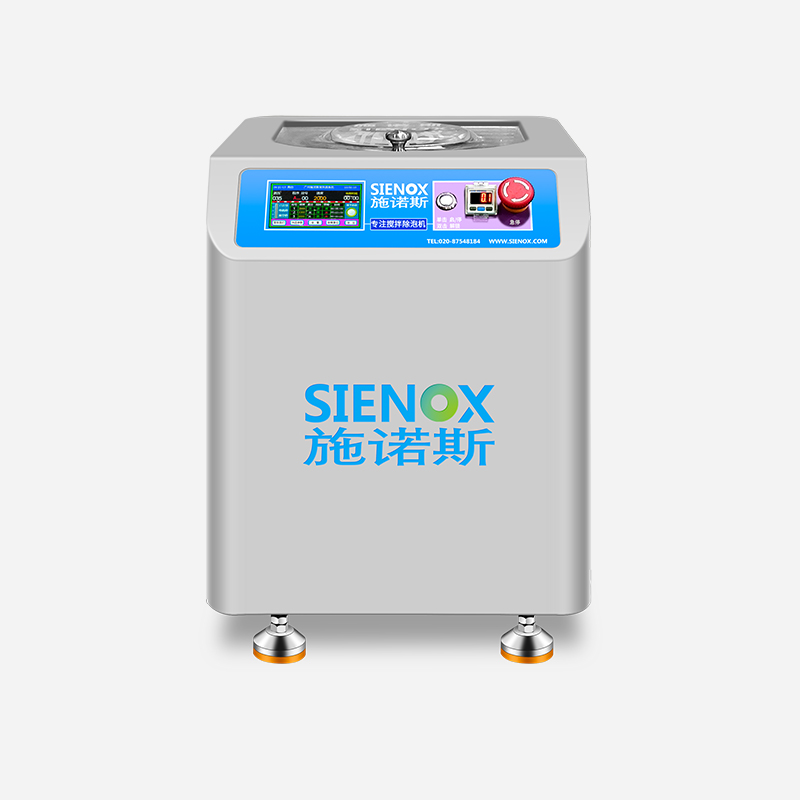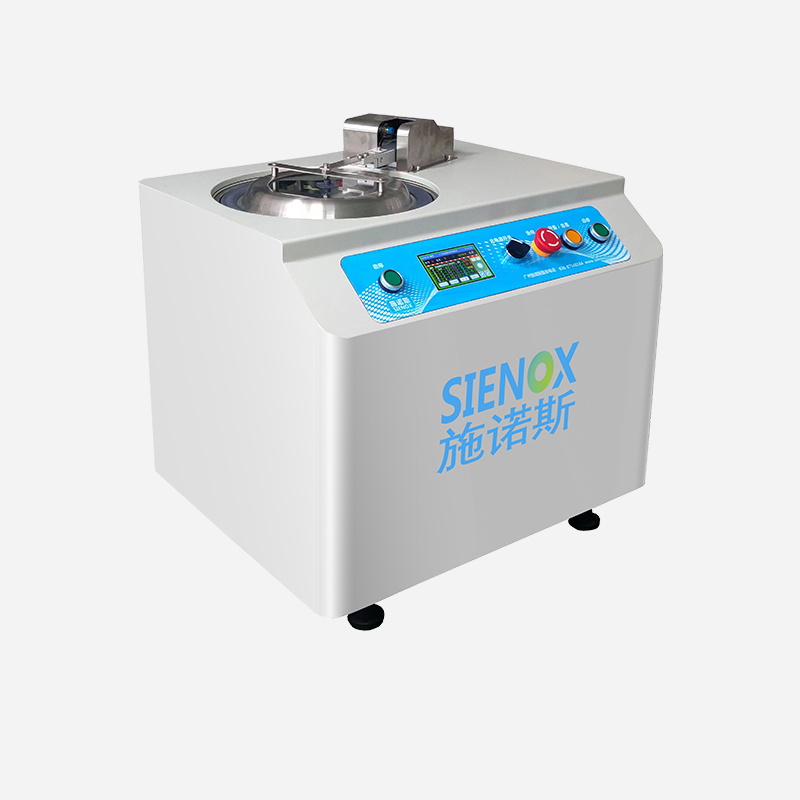
News from the laboratory

TEL:18925129293
Introduction to Common Cases of Using Vacuum Stirring Defoaming Machine in Chemical Experiments
date:2023-08-14author:SIENOXIn the chemical laboratory, the vacuum stirring defoaming machine is a common and important experimental equipment. It has a wide range of applications and plays a crucial role in many experiments. This article will introduce several common cases of chemical experiments, demonstrating the usage techniques and advantages of the vacuum stirring defoaming machine.

1. **Synthesis of Organic Compounds:**
In organic synthesis experiments, the vacuum stirring defoaming machine is often used for the mixing and dissolution of reactants. Stirring under vacuum conditions accelerates the reaction rate and improves the purity of the product. Whether conducting esterification, etherification, or other organic reactions, the vacuum stirring defoaming machine provides uniform mixing for more efficient reactions.
2. **Crystallization Experiments:**
The vacuum stirring defoaming machine is indispensable in crystallization experiments. By controlling the stirring speed and temperature, it creates a uniform seed in the solution, promoting the crystallization process and obtaining purer crystals. Additionally, the machine helps eliminate bubbles, preventing unevenness during the crystallization process.
3. **Catalytic Reactions:**
In catalytic reactions, the vacuum stirring defoaming machine accelerates the reaction rate by providing uniform stirring. It increases the contact area between reactants, enhancing mass transfer during the reaction. This has a significant impact on the activity and selectivity of catalysts, leading to improved reaction efficiency and product quality.
Through the examples mentioned above, we can observe the importance of the vacuum stirring defoaming machine in chemical experiments. It not only enhances experimental efficiency but also improves the purity and quality of products. Therefore, when conducting chemical experiments, it is essential to understand and master the usage techniques of the vacuum stirring defoaming machine for better application in experiments.






